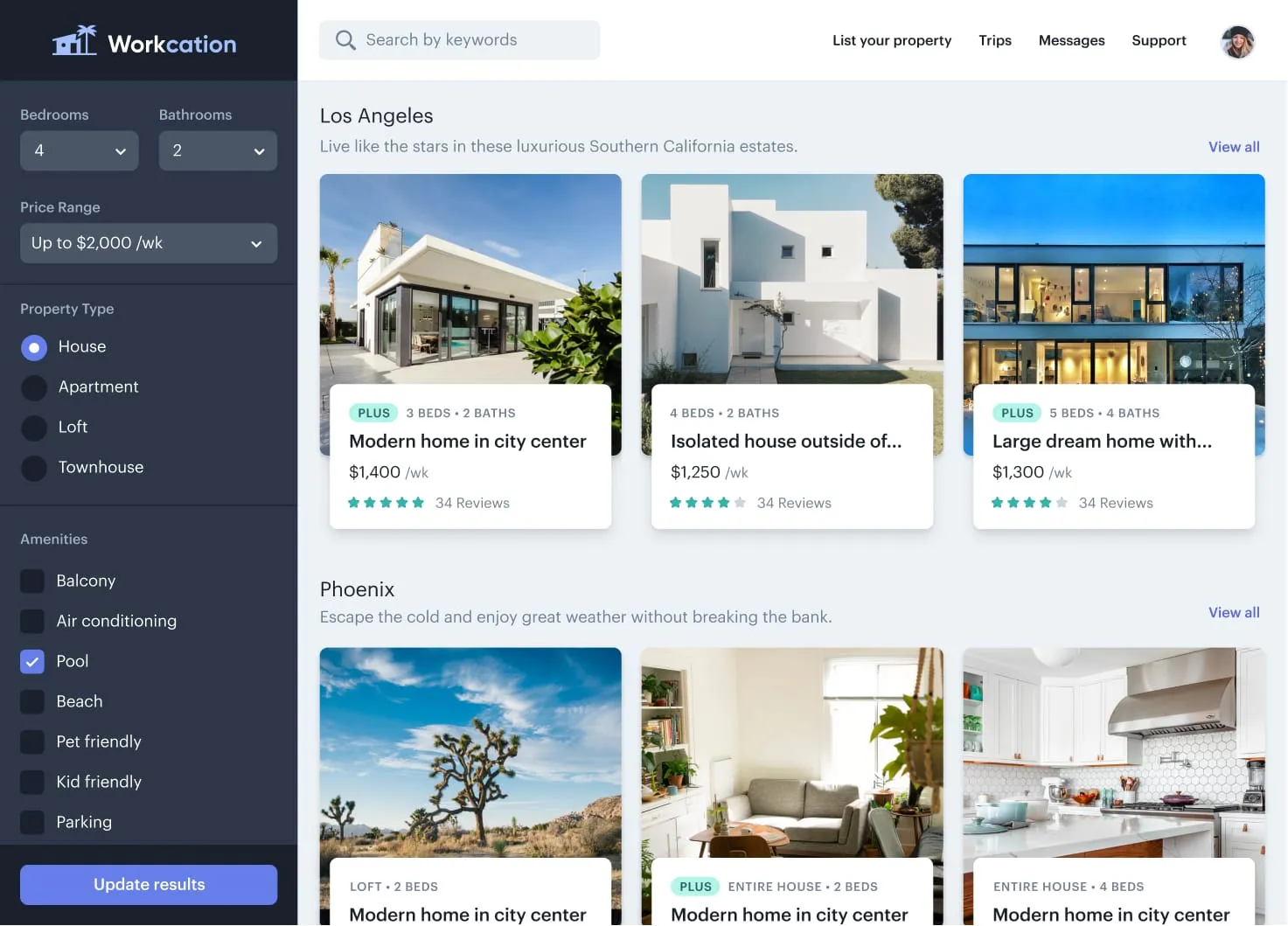- Cheatsheet v-1.0. V-2.0 (latest) Github.
- TailWindCSS Cheat sheet. Reference list for all utility classes and CSS properties of Tailwind CSS. TailWindCSS Cheat sheet. Reference list for all utility classes and CSS properties of Tailwind CSS Created with Sketch. Cheatsheet 2.0.2. Expand All Collapse All Back to.
By default, Tailwind's width scale is a combination of the default spacing scale as well as some additional values specific to widths. You can customize the spacing scale for padding, margin, width, and height all at once in the theme.spacing or theme.extend.spacing sections of your tailwind.config.js file. Note: We do not include the ability to use mdi-flip-. and mdi-rotate-. at the same time. Tailwind Cheat Sheet Cheat sheet that provides a quick, interactive reference for all utility classes and CSS properties provided by Tailwind CSS, a utility-first CSS framework.

2020-06-12 Updates
-1608368148194.jpg)
- Replaced
autoprefixerwith postcss-preset-env, which supportsautopprefixerand more. Set up instruction can be found in the official documentation too. - Tailwind CSS version 1.4.4 supports purge css natively. Installation for
purgecss&@fullhuman/postcss-purgecssare removed.
2020-02-29 Updates
- Replaced
concurrentlywith npm-run-all - Fixed initial empty page load - Added
sleep 5in package.json.
Based on https://github.com/billimarie/simple-react-tailwind-tutorial
Assumption
I will assume that you know how to create a new React site using Create-React-App and created a site.
Tailwind Css Cheat Sheet
Table of Contents
- Install DEV dependencies
- Create Tailwind configuration file
- Configure PostCSS for Tailwind
- Create a Tailwind file
- Create NPM scripts
- Import Tailwind CSS Output
1. Install DEV dependencies
2. Create Tailwind configuration file
Tailwind Css Cheat Sheet
3. Configure PostCSS for Tailwind

- Create a file
postcss.config.jsin the project root.
- Configure Post CSS to work with Tailwind
- postcss-preset-env - Supports newer CSS syntax and much more! (e.g. replaces
autoprefixer) - cssnano - Minify CSS to reduce bundle size
- postcss-preset-env - Supports newer CSS syntax and much more! (e.g. replaces
4. Create a Tailwind file
Create a file ./src/styles/tailwind.css.
Add following Tailwind utilities
5. Create NPM Scripts
package.json scripts.
build:css- converts Tailwind to CSSwatch:css- Watch Tailwind changes and writes CSSenv:dev/prod- Sets an environment variable for development or production modereact-scripts:start: Starts 5 seconds later to prevent an initial empty pagereact-scripts:build: Creates a production-ready bundlestart- Watches Tailwind changes and starts CRAbuild- Build Tailwind and production version of CRA site
6. Import Tailwind CSS Output
- Go to
./src/index.js - Replace
import './index.css';withimport './styles/index.css';
Resources

create-react-apptemplate in TypeScript (created by me 🙂), cra-template-tailwindcss-typescript.- Scaffold a new CRA app like
npx create-react-app my-app --template tailwindcss-typescript - Most of steps in this post is used in the project
- Scaffold a new CRA app like
- Demo repository - https://github.com/dance2die/template.tailwind.cra
- Created by following this post
- CodeSandbox template - https://codesandbox.io/s/create-react-app-tailwind-oqvyu
- You can fork and play around with Tailwind + React with this one :)
Image Credit: Patent Model of a Sheet-Feed Apparatus for Printing Machines
Tailwind Cheat Sheet
Webmentions
Loading counts...
